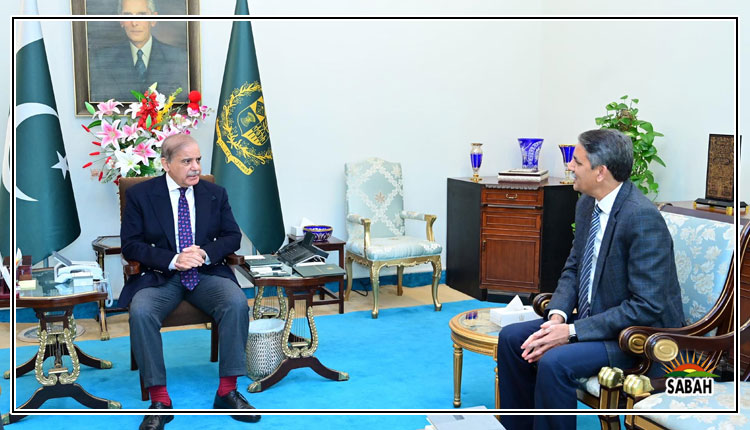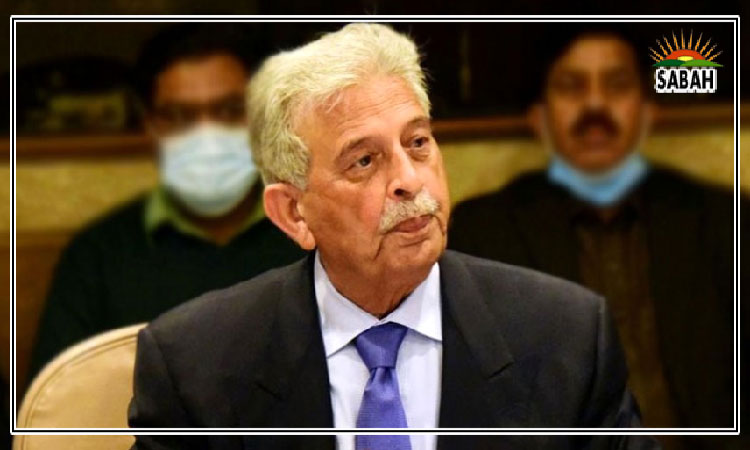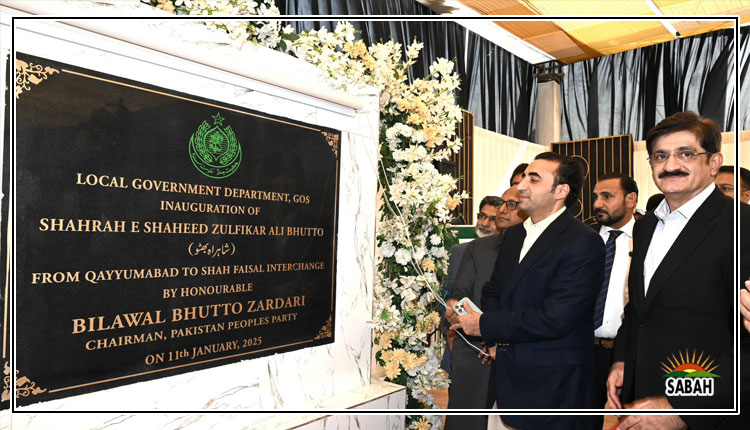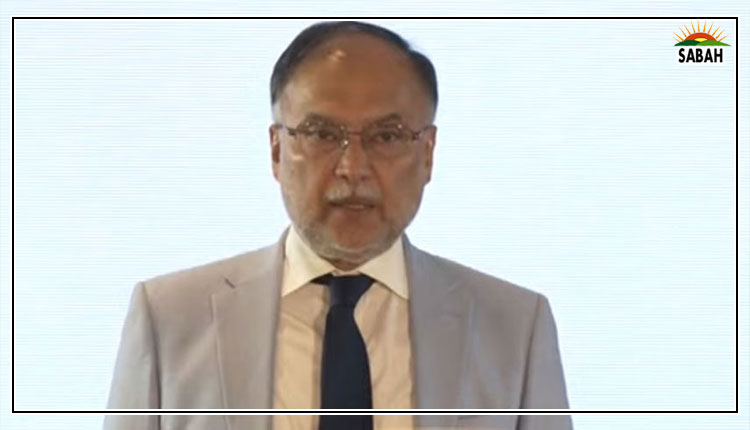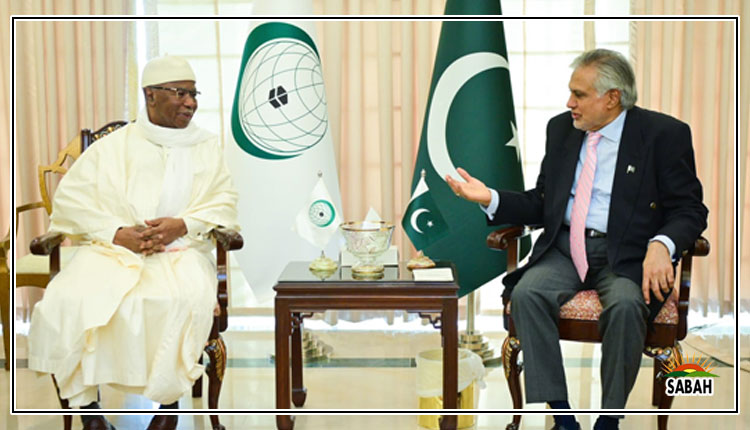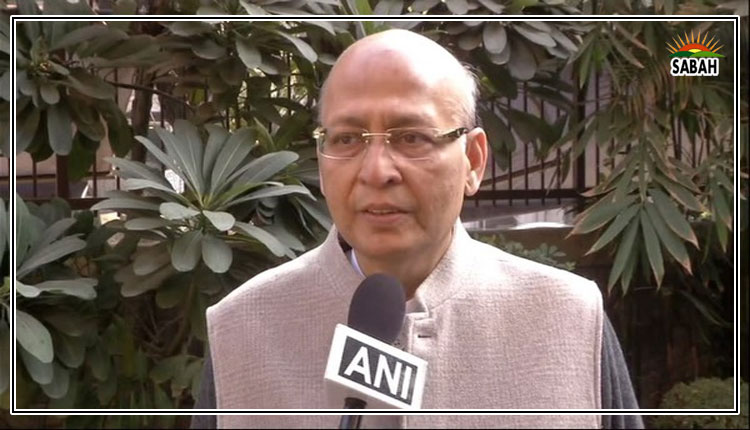How Basic Structure doctrine became one of the strongest safeguards for Indian democracy…Abhishek Singhvi
In any democracy, sovereignty is deemed to reside in the people and hence a parliament of their elected representatives represents the sovereignty of the people. But precisely because majority is the heart of democracy and because it is equally a universal truth that power corrupts and absolute power corrupts absolutely, anti-majoritarian safeguards are vital. The highest bulwark of such safeguards is the Indian Constitution. Hence, the best way to institutionalise tyranny and constitutionalise dictatorship would be to amend the Constitution at the will of the majority.
That is the significance of Kesavananda Bharati (KB), Indias longest argued case with the largest bench. This 703-page judgment, spread over 11 judicial opinions, established a one-line permanent bulwark against tyranny and dictatorship: Even a constitutional amendment, validly passed by Parliaments special majority, can be declared unconstitutional, if it violates the Basic Structure (BS) of the Constitution. Basic Structure makes it impossible to constitutionalise gross aberrations or institutionalise tyranny, even if Parliament so decrees by a 100 per cent affirmative vote. Since the superior courts have the last word on a case-by-case basis to decide what is or is not BS, making them its final arbiter, this seemingly anti-democratic, anti-sovereignty device, administered by unelected judges, has become the most powerful permanent safeguard for enduring democracy.
The story starts with Shankari Prasad (1951) which upheld the validity of the first constitutional amendment making inroads into property rights by the legislature unchallengeable. The Court held Parliaments amending power under Article 368 to be plenary and declined to fetter it by any limitations. Sajjan Singh (1964) followed and upheld the 17th amendment, which had immunised from challenge a large number of state enactments by putting them in the Ninth Schedule.
Here sprouted the seeds of the future and as yet unborn Basic Structure doctrine. Two Nagpur judges M Hidayatullah and JR Mudholkar in Sajjan Singh questioned whether fundamental rights could be the plaything of the majority. Mudholkar was the first to use the phrase basic features in Sajjan Singh and questioned whether they could at all be taken away. Ironically, he traced this approach to an earlier dissent from the Fazlul Chowdhury case in the Supreme Court in Pakistan a country which has more than twice accepted and then rejected the Basic Structure theory which had used the phrase essential features.
In Golaknath (1967), a 6-5 majority of Indias largest bench till then, held the entire Part 3 unamendable, while overruling both Shankari Prasad and Sajjan Singh and asserting that the core rights in our foundational assembly (cannot) be altered by changes. Professor Dieter Conrad of the University of Heidelberg, an Indophile, pushed the theory of implied limitations on the Constitution at a lecture at BHU in 1965, which reached Prof T S Rama Rao at Madras University and was read by Senior Advocate M K Nambyar (father of former Attorney General, K K Venugopal). Conrad forcefully argued that the amending power could not abolish Article 21 or introduce monarchy by a constitutional amendment. He drew heavily on the disastrous consequences from the Weimar Constitution applying unlimited amending powers in his own country. Nambyar argued it in Golaknath but implied limitations were rejected in that case.
Festive offer
Parliament enacted the 24th to 26th constitutional amendments in 1971 to overrule the Bank Nationalisation case, to provide that amount not compensation is sufficient for acquisition, to oust judicial review of any law stated to be in furtherance of the Directive Principles and to overrule the Privy Purses judgment.
These amendments were challenged in the name of the head of a mutt in Kerala, Kesavananda Bharati, who never met
his lawyer Nani Palkhivala and did not
ever personally participate in the apex court proceedings.
It is this implied limitation doctrine which was reincarnated and blossomed when six judges on the KB bench followed Golaknath, accepted that Parliaments amending powers had inherent and implied limitations and did not allow alteration of the Basic Structure. Six others dissented.
The 13th judge, Justice H R Khanna, carried the day. He held fundamental rights amendable, rejected implied limitations, but said, The power of amendment does not include the power to abrogate the Constitution nor does it include the power to alter the Basic Structure or framework of the Constitution. Importantly, he specifically approved the core of the Conrad doctrine. The rest is history, with 13 proving lucky for India. Since KB did not hold Part 3 unamendable, it was actually a defeat of the petitioners and a regression from the Golaknath high, but from that retreat, Palkhivala snatched a lasting victory for a nuanced Basic Structure-based unamendability doctrine.
KB could not have been better entrenched than by the unsavoury episode of Chief Justice A N Ray attempting to unilaterally review the judgment in October 1975 and then, seeing the antipathy of his colleagues, abruptly and sheepishly dissolving the Bench. H R Khanna described Palkhivalas arguments on those two days thus: It was not Nani who spoke. It was divinity speaking through him. Prashant Bhushans eyewitness account of how and what Palkhivala argued that day and T R Andhyarujinas research on what transpired behind the closed doors of the SC, should be read by all to learn about the momentous Basic Structure doctrine. Case after case has thereafter applied BS. It remains Indias pride and the worlds envy. Bangladesh, and others in the Commonwealth have imported this Indian judicial invention. It brought out the worst in confrontational politics, governance, intra-judicial divisiveness but also the best in advocacy, idealism and independence amidst great pressure.
Long live Basic Structure, despite the attempt of constitutional pygmies to jettison, dilute or ignore it. Love it or hate it, India cannot do without it.
Courtesy The Indian Express



